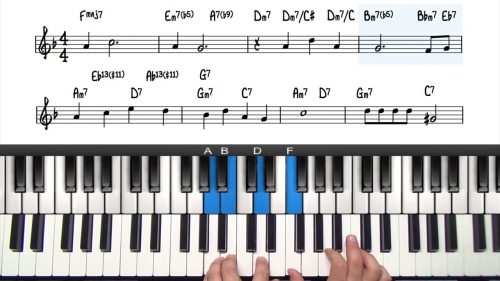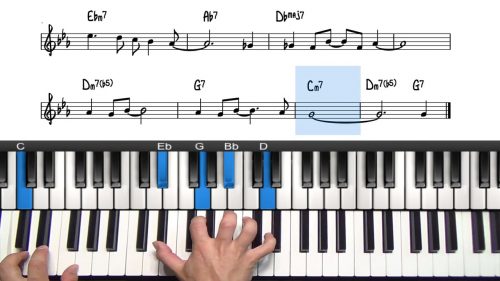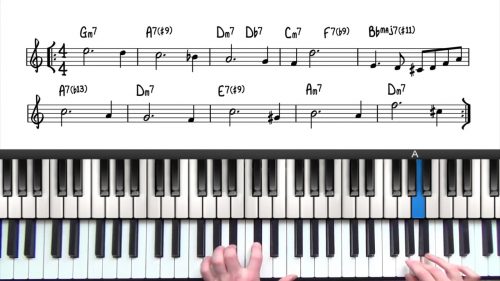The History Of Boogie-Woogie Piano
Boogie-woogie is pretty much the only piano-specific style that has developed and emerged from blues music. It is a distinct and significant branch of the Afro- American musical heritage which pretty much became American popular music.
The Birth Of Boogie-Woogie
Boogie-woogie likely first appeared on the music scene in the late 1800’s. Musical scholars and researchers have traced the origins of boogie-woogie to the piney woods of East Texas, where itinerant Afro-American piano players used to travel among the turpentine camps entertaining the workers with Barrel house blues at make-shift bars and dance halls. At the end of a day of hard physical labor, a cold beer and some rockin’ boogie-woogie piano would be good medicine to lift the spirits and ease the body.
Jimmy Yancey, Albert Ammons, & Meade Lux Lewis
In Chicago during the 1920’s, this musical form developed into the sound which today we recognize as boogie-woogie. Jimmy Yancey, Albert Ammons, and Meade Lux Lewis are 3 of the best and most recognized early boogie-woogie players were all working in Chicago at the time.
“Pinetop’s Boogie” by Pinetop Smith
Also in Chicago, in 1928, the first boogie-woogie song to become a hit was recorded: a piano player named Clarence Smith, known as Pinetop Smith, made a solo piano recording of “Pinetop’s Boogie”.
This is recognized as the first major boogie-woogie recording. Significantly, in this recording, Pinetop gives directions for dancing to the song…
I want everybody dancin’ just like I tell you…. when I say hold yourself, I want you to stop, and when I say get it, everybody do a boogie-woogie!”
From the beginning, an essential part of the style was it’s connection with dancing, with feeling the music in the body and expressing it.
Boogie-Woogie & The Big Bands
In 1938 A Ammons, ML Lewis, and P Johnson played in a series of Carnegie Hall concerts put on by music producer John Hammond called “from Spirituals to Swing”.
These concerts brought the music into public prominence and introduced it to a much larger, white audience. The piano players became much better known and the form expanded from being primarily a solo piano style to big band performances.
Through the 30s and 40s every big band had one or two boogie-woogie features, many of which became hits, like the Andrews Sisters “Bear Me Daddy 8 to the Bar” and later “Boogie Woogie Bugle Boy”.
Boogie-Woogie & Rock ‘n’ Roll Piano
Toward the end of the 40s and into the 50s, the boogie woogie feel became an essential element of early rock and roll.
“Roll ‘Em Pete” – recorded by Big Joe Turner with Pete Johnson on piano, is a straight out boogie-woogie song, and is recognized as possibly the first rock and roll record ever made.
If you listen to Chuck Berry’s hits, you will hear Johnny Johnson, a jazz, blues, and boogie-woogie piano player, laying down some serious boogie-woogie gooves. The combination of this piano style with Chuck Berry’s unique guitar style created the rock and roll feel that turned out to be so infectious.
Lesson Downloads
-
Boogie-Woogie 12 Bar Form File Type: pdf
Practice Tips
You must start your boogie-woogie journey by seeking out and listening carefully (and joyfully!) to the recordings of these particular players:
-
Jimmy Yancey
-
Albert Ammons
-
Meade Lux Lewis
-
Pete Johnson
They created and developed the foundation of the style as we recognize it today.
Check out the Boogie Woogie Recordings forum thread for the best records and albums:








One of my favorites and one of the coolest lessons too. Thanks so much for this wonderful course.